Magpie Inkcap / Autumn / Toxic
Enter the realm of caution as we unveil the hidden dangers of the Magpie Inkcap (Coprinopsis picacea), a mushroom that demands respect for its toxic nature.
Join us on a journey of awareness and safety as we delve into the risks associated with this intriguing fungus. With its distinctive black and white appearance resembling the plumage of a magpie, the Magpie Inkcap may catch your eye, but it holds a potentially harmful secret. Learn to identify its unique features, explore its preferred habitats, and understand the potential dangers it poses. Consuming the Magpie Inkcap can lead to severe gastrointestinal distress and other adverse health effects. Let this serve as a reminder of the importance of accurate identification, responsible foraging practices, and prioritizing personal safety. Respect the perils that nature presents, and navigate the world of mushrooms with informed caution. Stay vigilant, for the Magpie Inkcap stands as a stark reminder of the hidden dangers that can lurk within the natural world.
Scientific name
Coprinopsis picacea
Family
Psathyrellaceae
Habitat
Magpie inkcaps grow in deciduous woodland, preferring beech trees and alkaline soils. Occasionally they can be found in damp shady grassland. Often a single mushroom or very small numbers grow in one spot.
Description
Magpie inkcaps are bell shaped mushrooms with a long white stem and an awful smell.
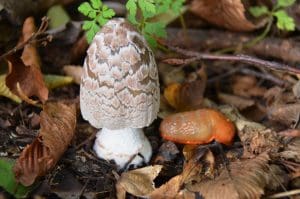
Identifying features of the Magpie Inkcap:
Cap:
Dark brown cap with white fibrils, starting off egg shaped, becoming long bell shaped. The cap can reach upto 7cm, at maturity the cap will start to deliquescing (liquifying into its spore mass)
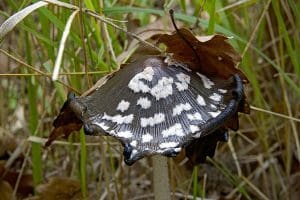
Stem:
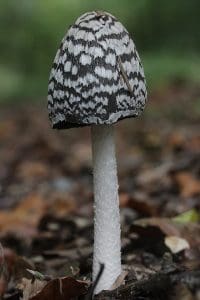
Tall white stem which is floccose (covered in wooly tufts) its bulbous at the base.
Gills
Adnate or free gills which are white, turning red then black as they deliques
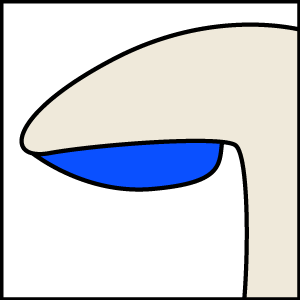
Smell:
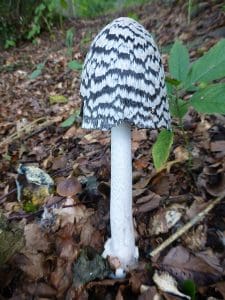
Strong unpleasant chemical smell
Spores:
Black
Uses
Can be used as an ink for writing
In Food
This mushroom is toxic and must not be eaten
Known Hazards
Toxic
Potential lookalikes
Shaggy inkcap, which have a shaggy cap – looking like a lawyers wig and without the black lines of the Magpie Inkcap – the shaggy inkcap is edible
Common inkcap – without the black lines of the magpie – best avoided too



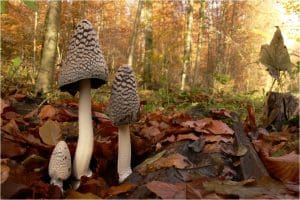



Leave a Reply
You must be logged in to post a comment.